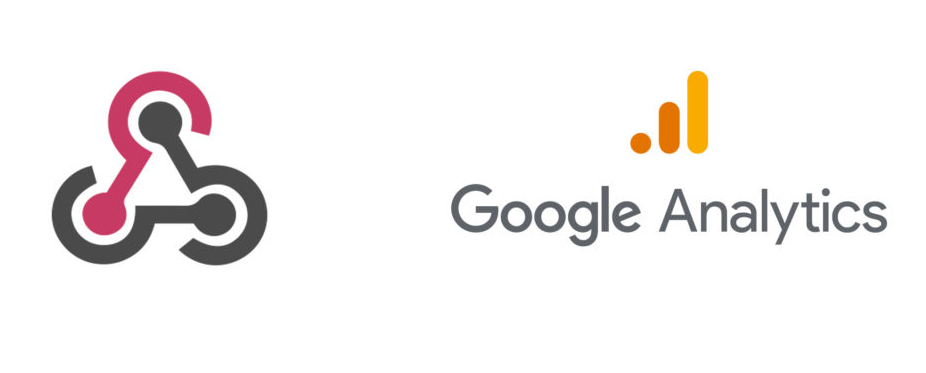Webhooks are a mechanism that allows real-time communication between different systems, enabling the transfer of data from one system to another. In the context of Google Ads and GA4 integration, webhooks play a vital role in capturing and processing lead form submissions.
Lead form extensions in Google Ads allow advertisers to collect user information directly within the ad unit. By customizing the handling of form submissions through webhooks, advertisers can ensure that the captured data is processed according to their specific requirements. This customization provides greater control over data flow, enabling advertisers to effectively track and analyze the information.
This approach offers numerous benefits, including:
- Enhanced control over data flow
- Customization possibilities
- Avoidance of third-party services
- Seamless integration with other PHP functionalities
- Assurance of data security and integrity
Setting Up a Webhook in Google Ads
The process of connecting Google Ads form submission data to Google Analytics (GA4) involves setting up a webhook endpoint. This allows for seamless data transfer, customization, and greater control over the flow of data. It also enhances data security and integrity without relying on third-party services.
Configuring Lead Form Extensions for GA4
To seamlessly integrate form data with Google Analytics (GA4), configure the necessary parameters and details of the lead form submission. Follow the steps outlined earlier to set up the Google Ads lead form extension and collect the required information. In addition, set up a webhook endpoint using a PHP script to receive and process the form submission data. The PHP script should validate and sanitize the data for security and integrity.
Once the data is captured, construct an HTTP request and send it to the GA4 Measurement Protocol API. Include the appropriate parameters for the GA4 event to track the conversion. Create a conversion goal in GA4 and verify its configuration.
Using a PHP file for the webhook provides greater control over the data flow and customization according to specific requirements, ensuring data security and integrity throughout the form submission process.

Pushing Lead Form Data to GA4 Using Webhooks
Using a PHP script as a webhook endpoint allows for seamless transmission of lead form data to the GA4 platform. The PHP script acts as an intermediary, receiving the data from the Google Ads lead form extension and validating it.
It then sends an HTTP request to the GA4 Measurement Protocol API to track the event as a conversion in Google Analytics. This approach provides control over data flow, customization options, and integration with other PHP functionalities, while ensuring data security and eliminating the need for third-party services.
Troubleshooting and Best Practices for Webhook Integration With GA4
To troubleshoot and optimize the integration between the PHP webhook endpoint and GA4, you need to validate and examine the HTTP request parameters, handle any errors or exceptions, and ensure the endpoint URL can receive POST requests.
Capturing and processing form submission data, validating and sanitizing it, and constructing and sending an HTTP request to the GA4 Measurement Protocol API are also crucial steps. Lastly, careful monitoring is necessary to ensure a successful integration.
Connect with an SEO marketing expert
Summary
The guide provides step-by-step instructions on creating a webhook for lead form extensions in Google Ads and pushing the data to GA4. It highlights the advantages of using a PHP file for the webhook and emphasizes best practices for a successful integration.
By following the provided instructions, users will learn how to:
- Configure the lead form extension
- Establish a webhook endpoint using a PHP file
- Transmit the form submission data to GA4


